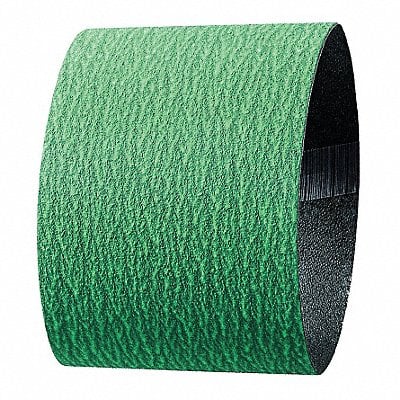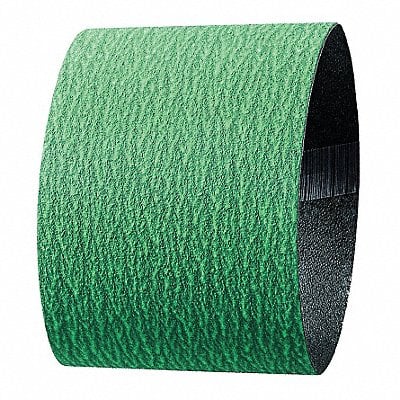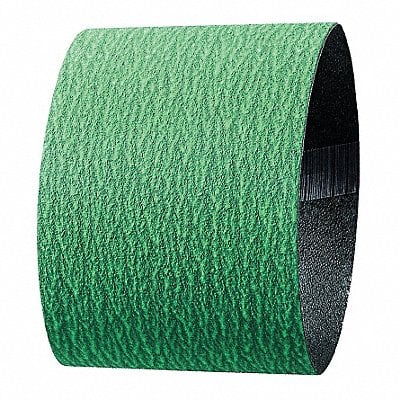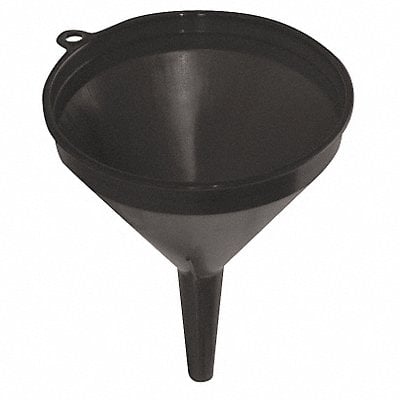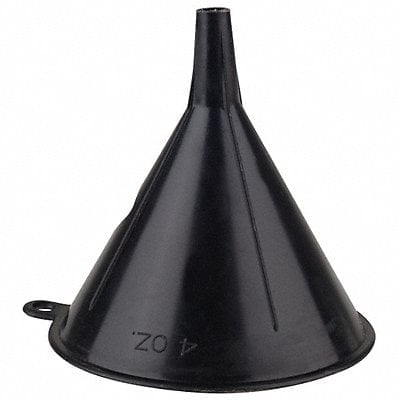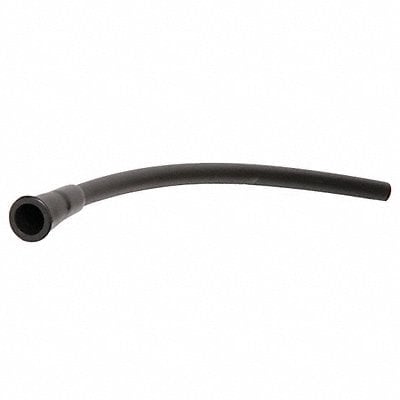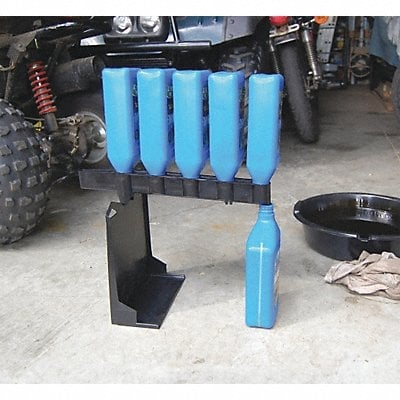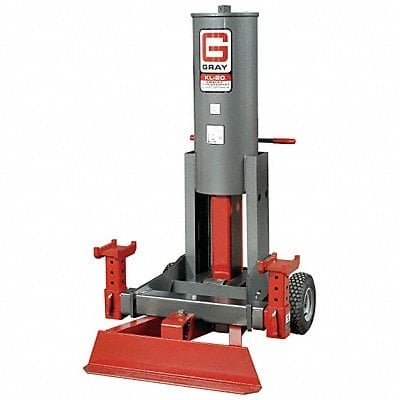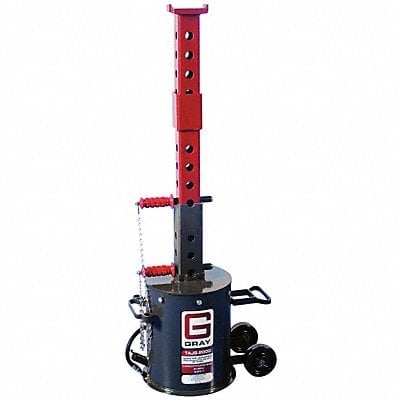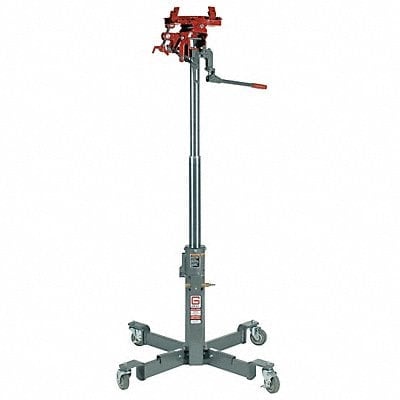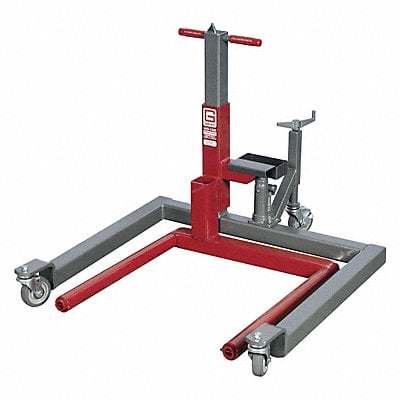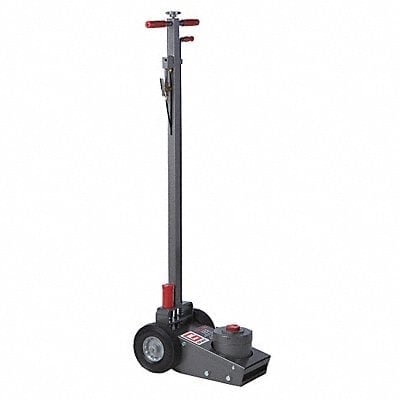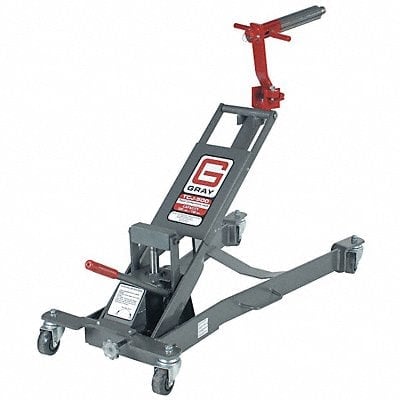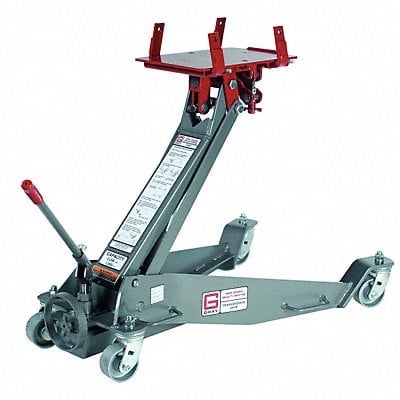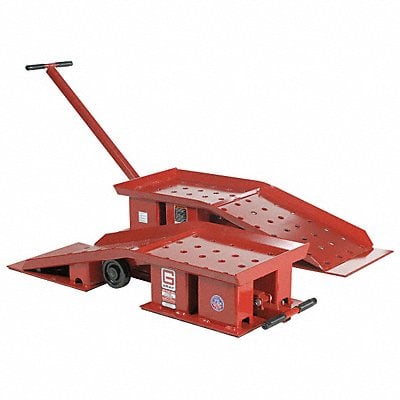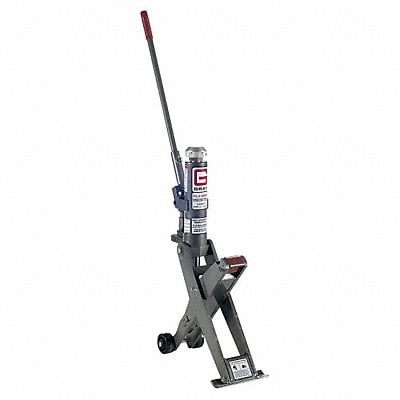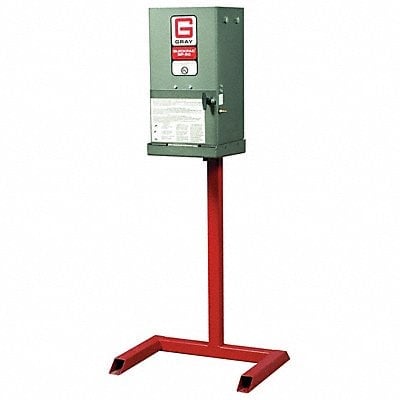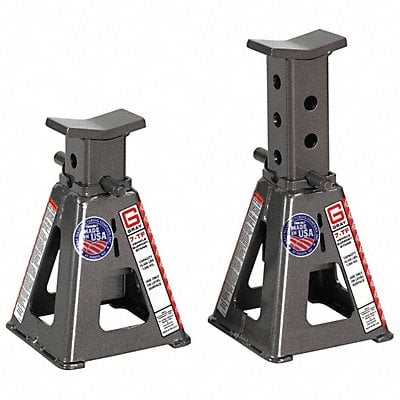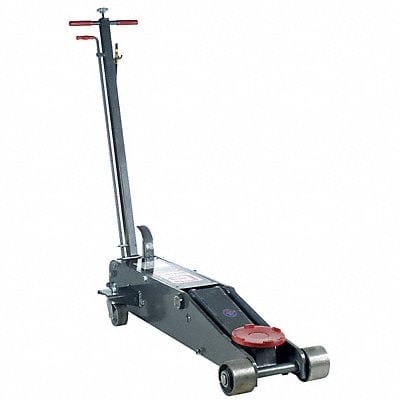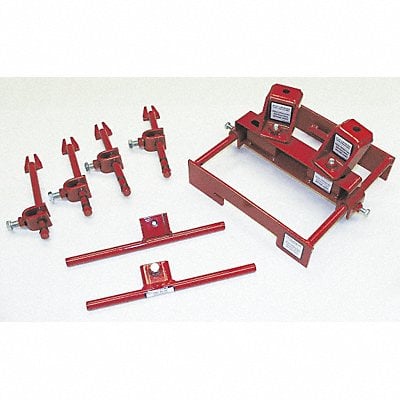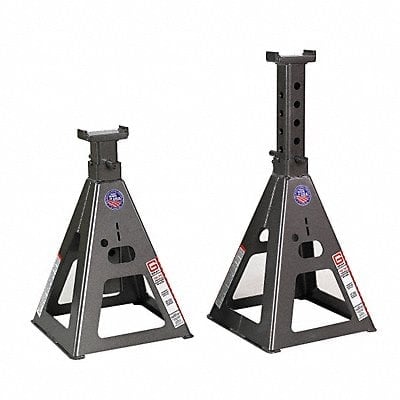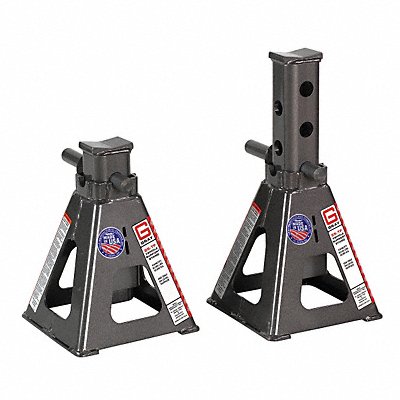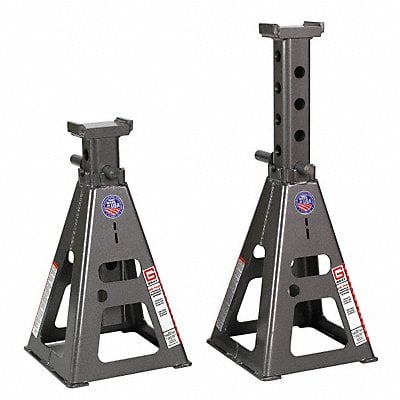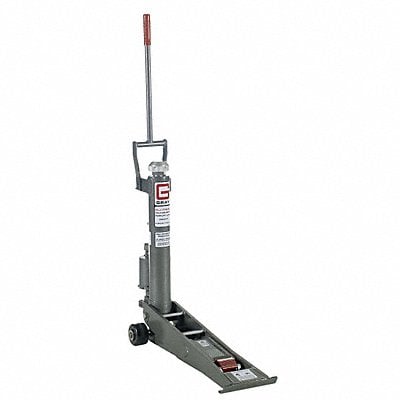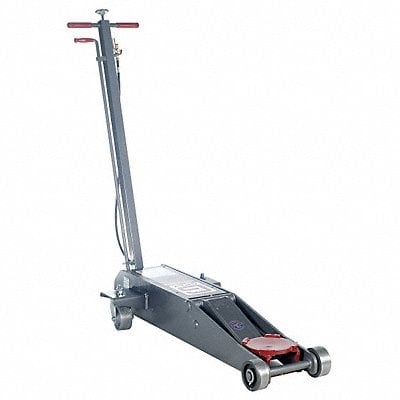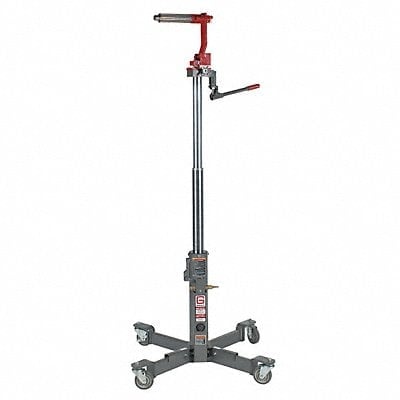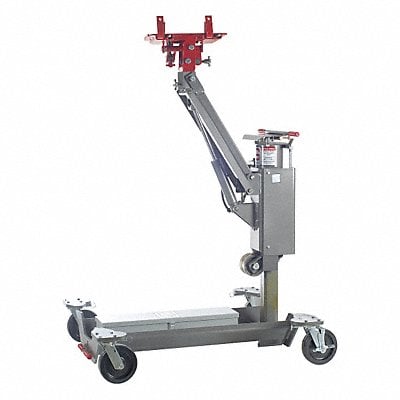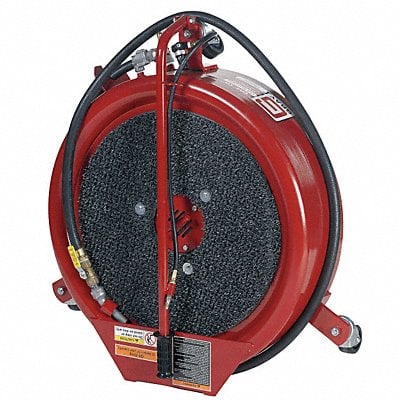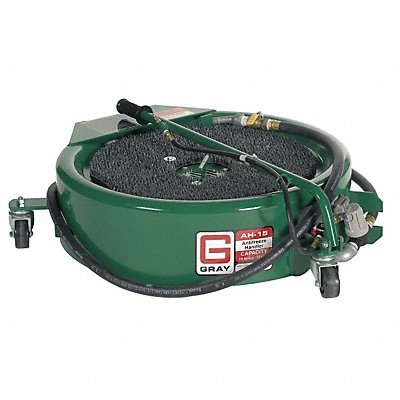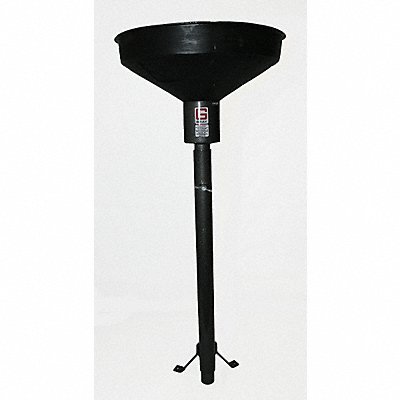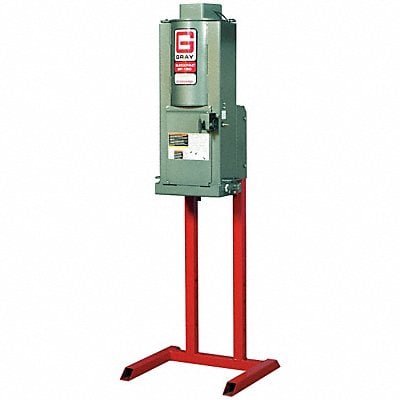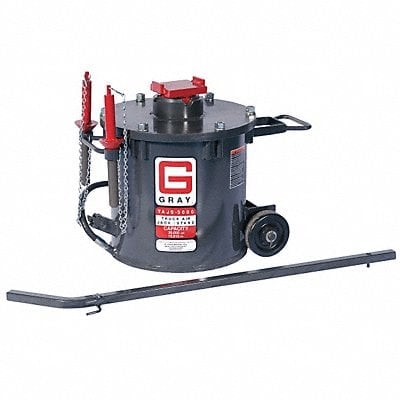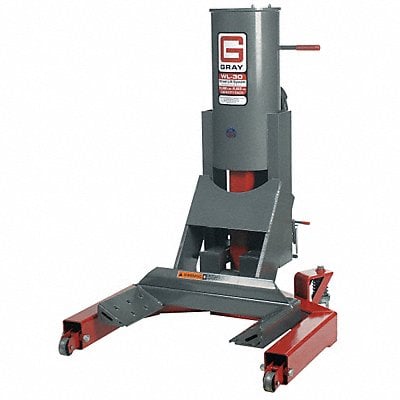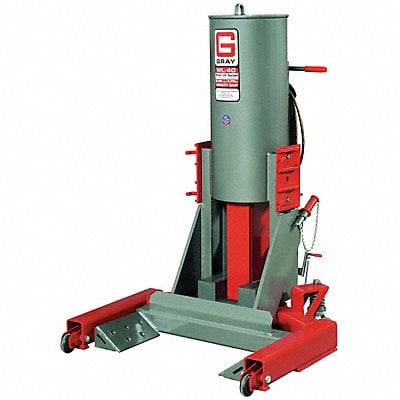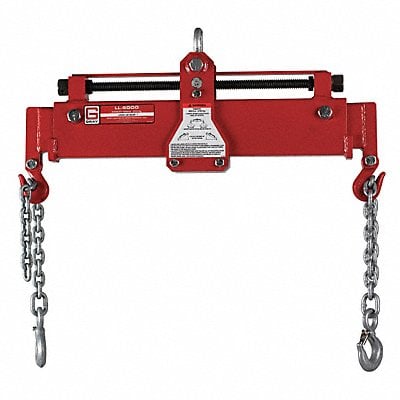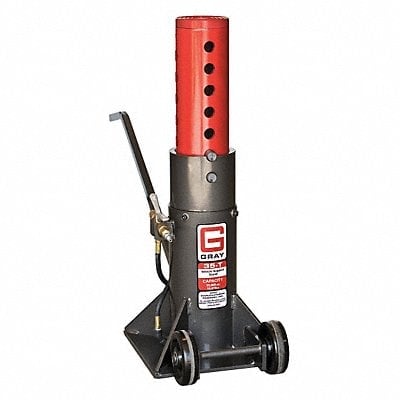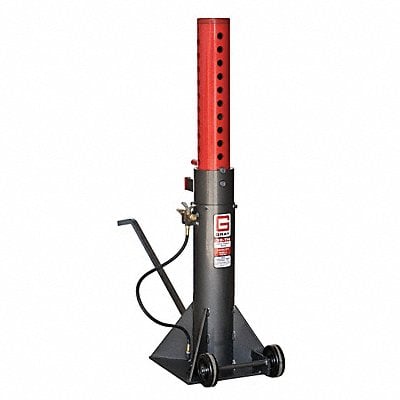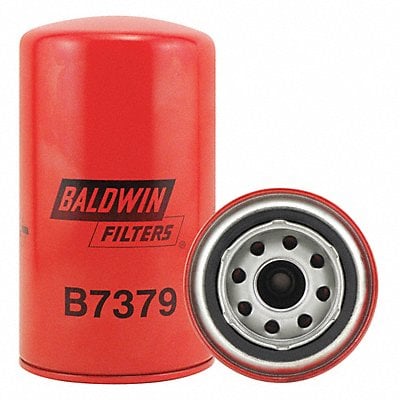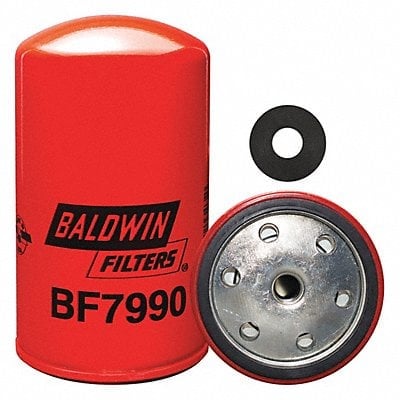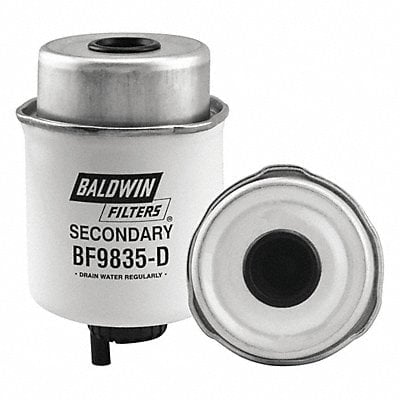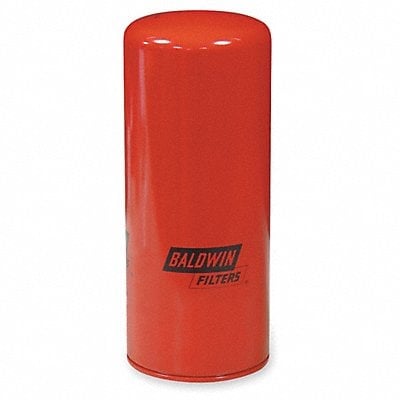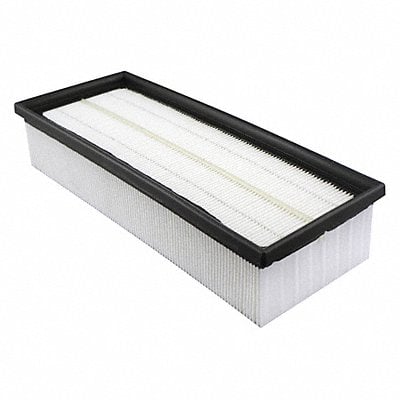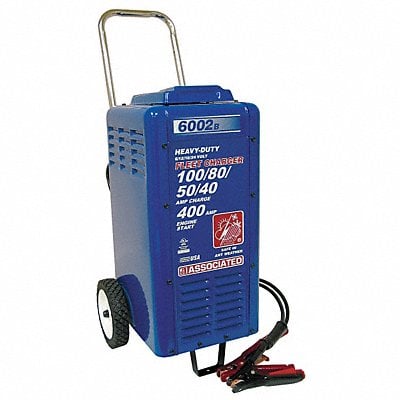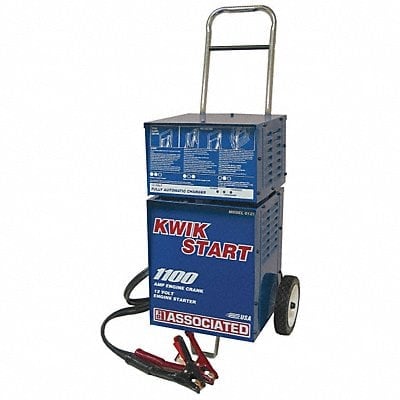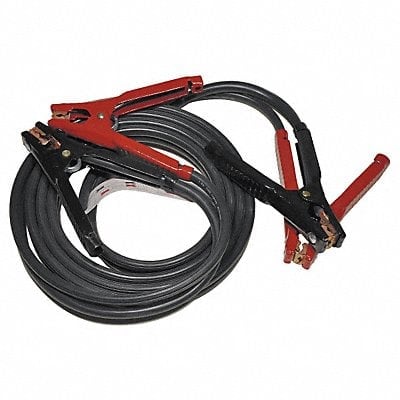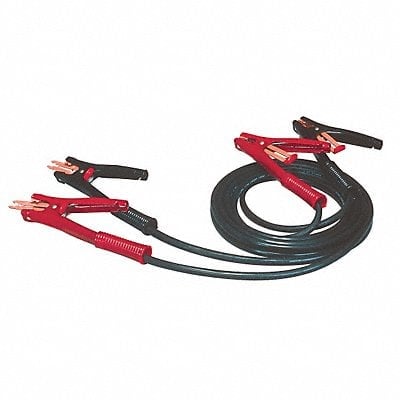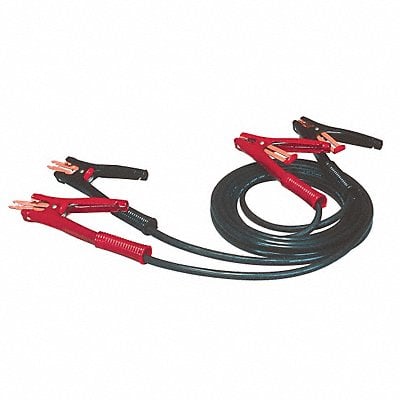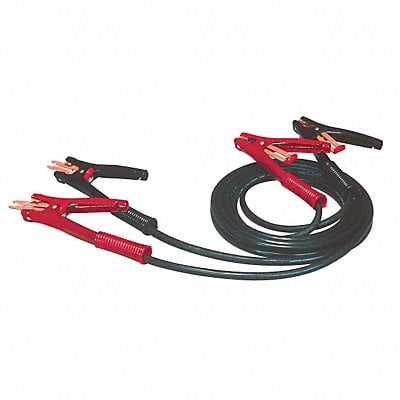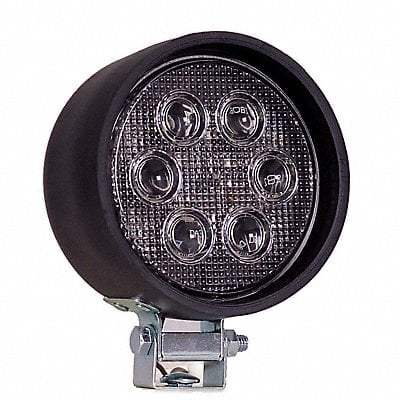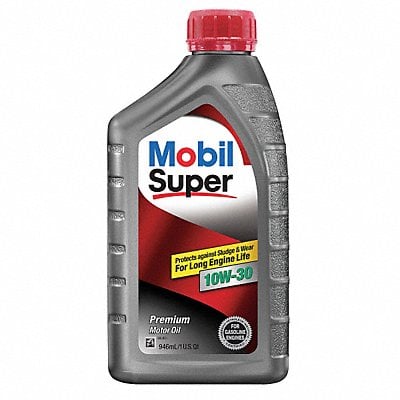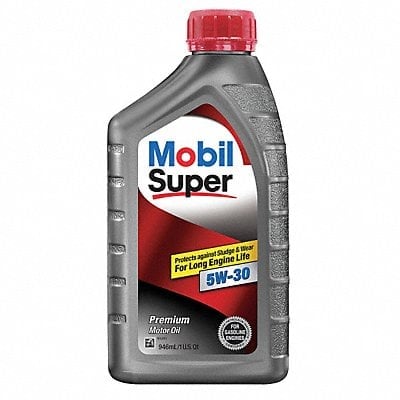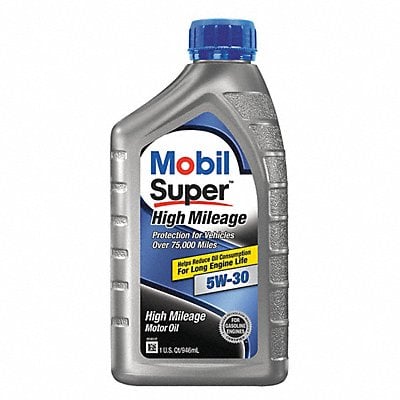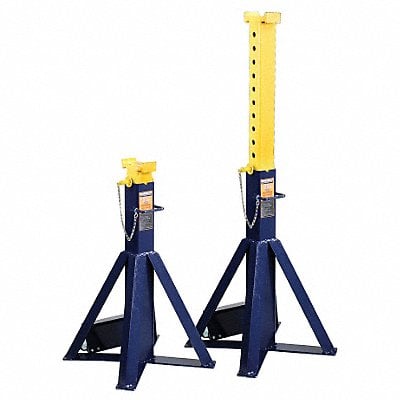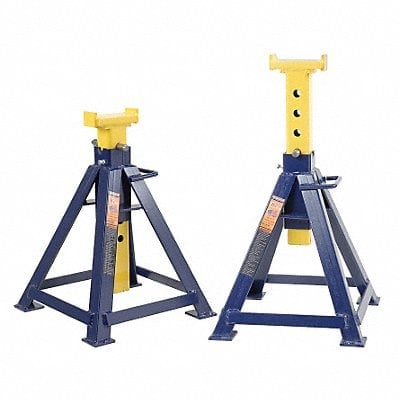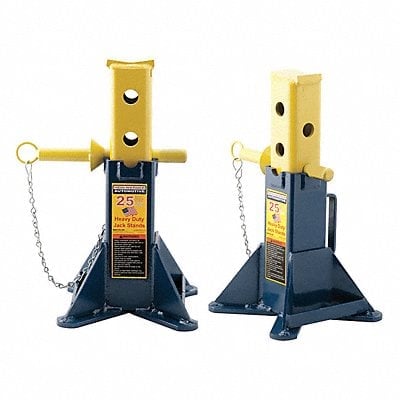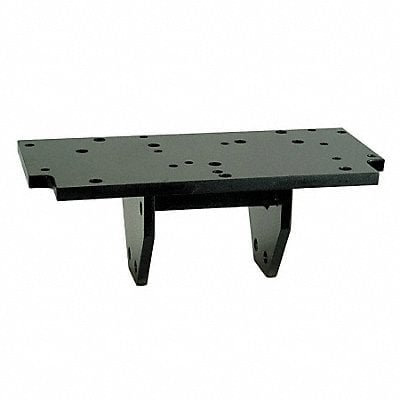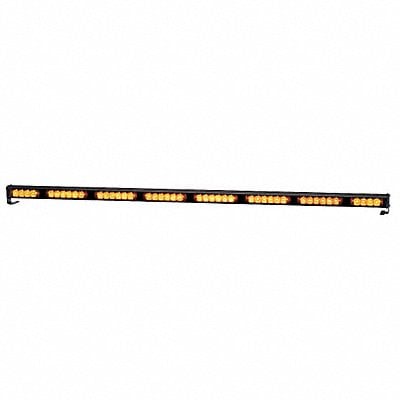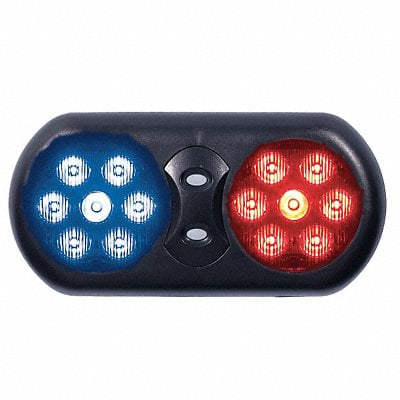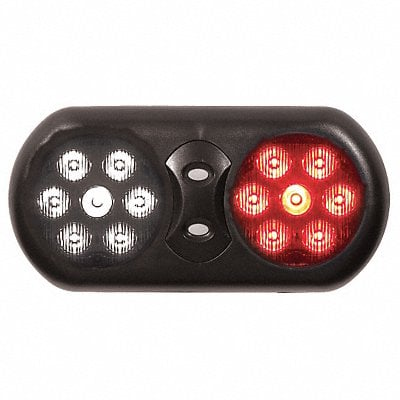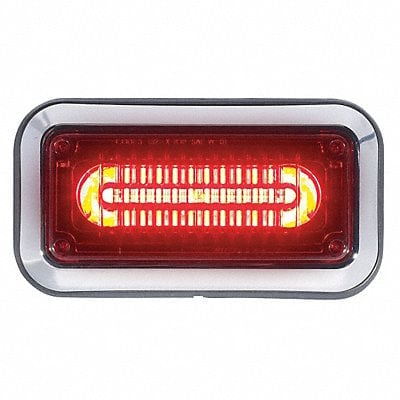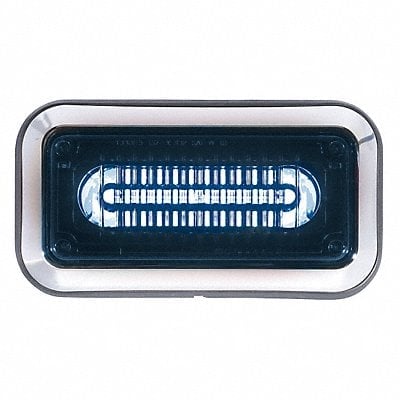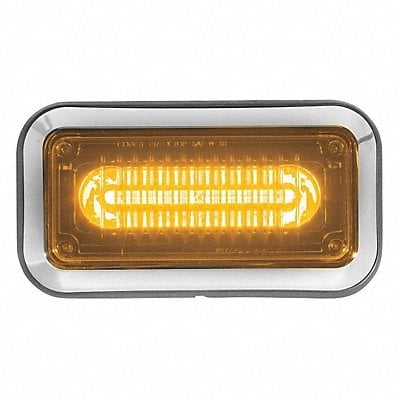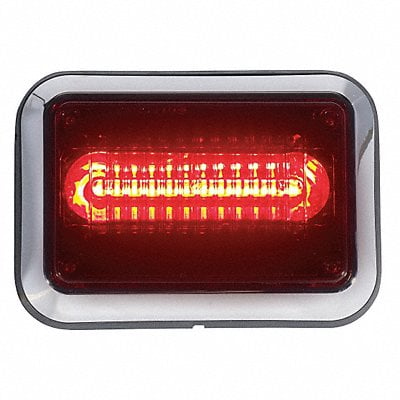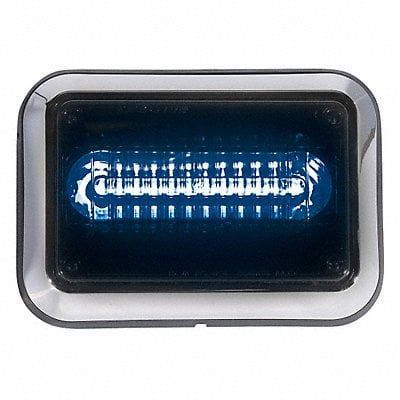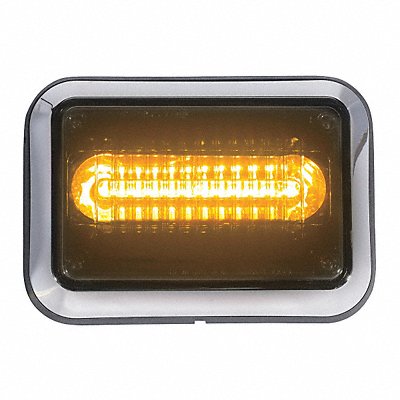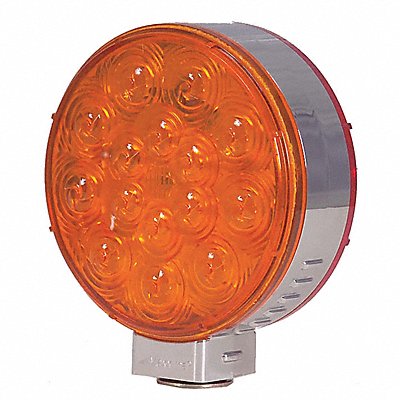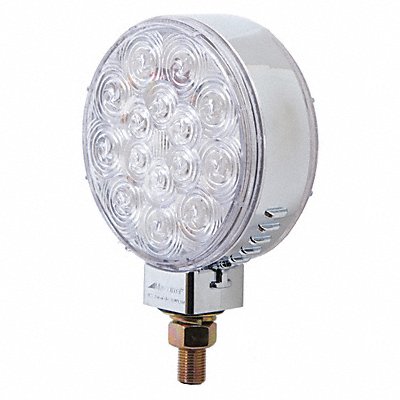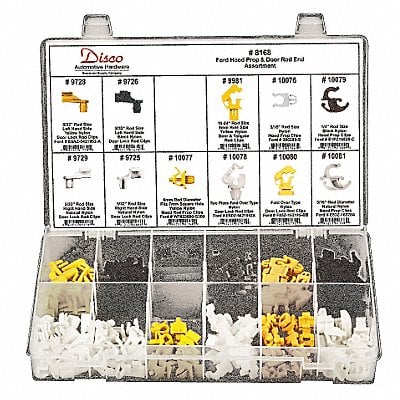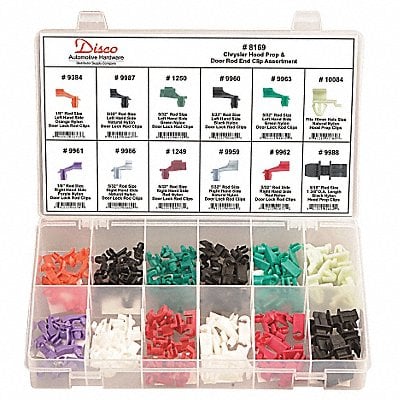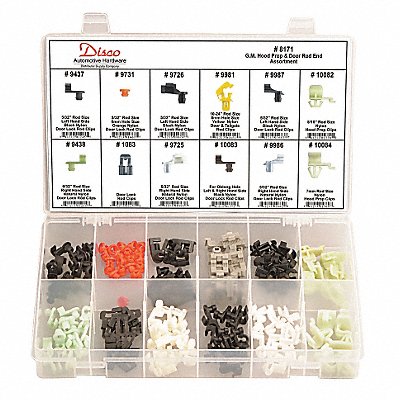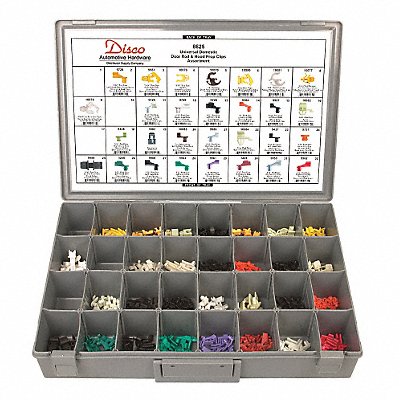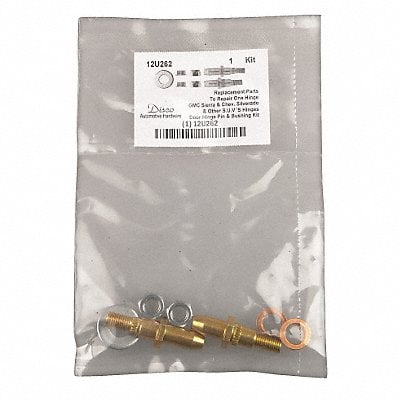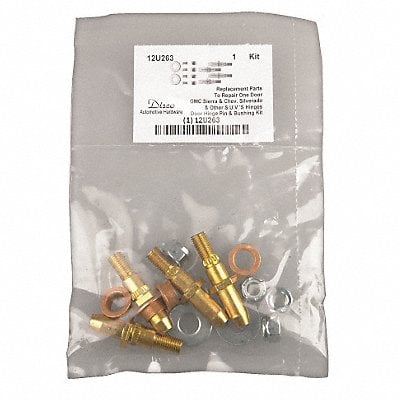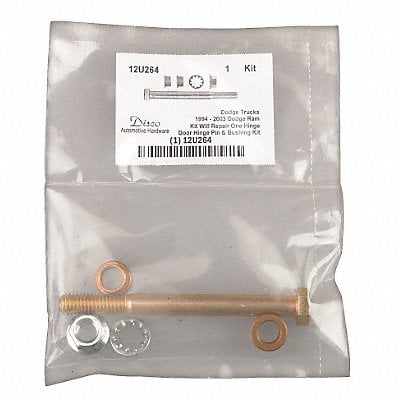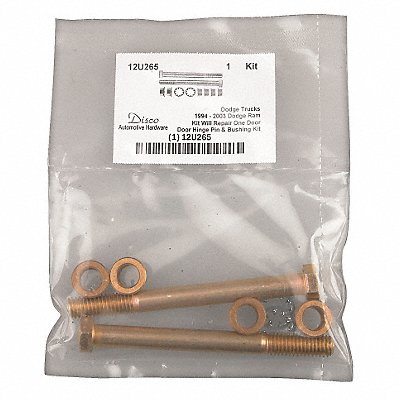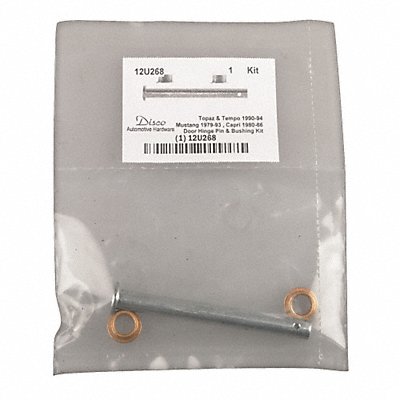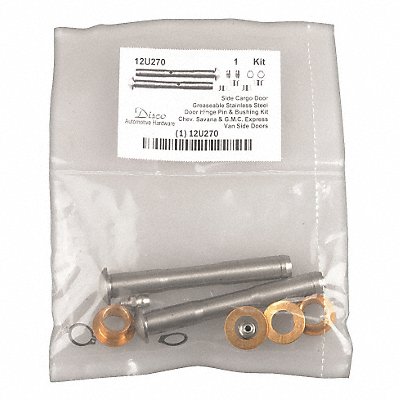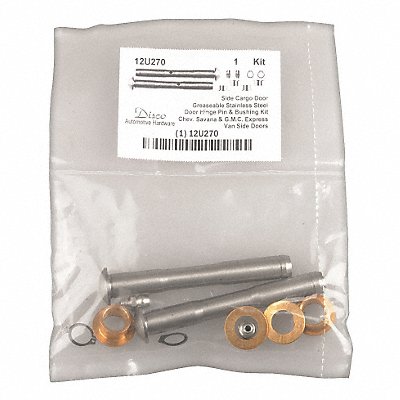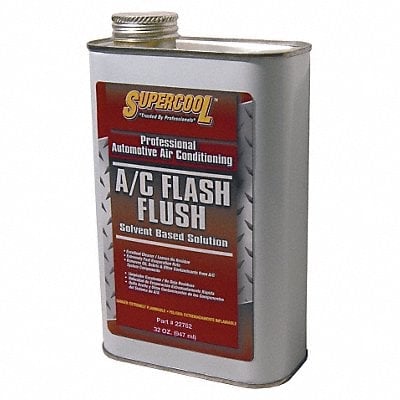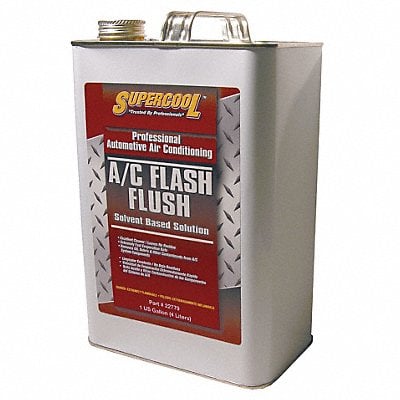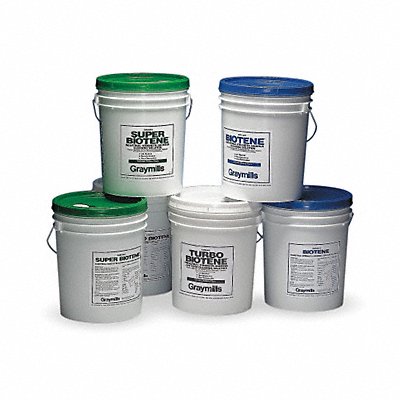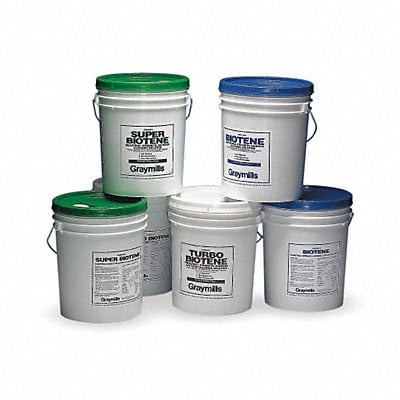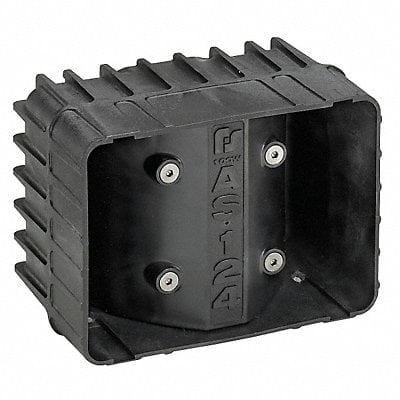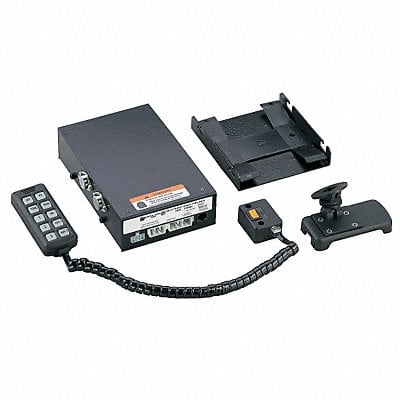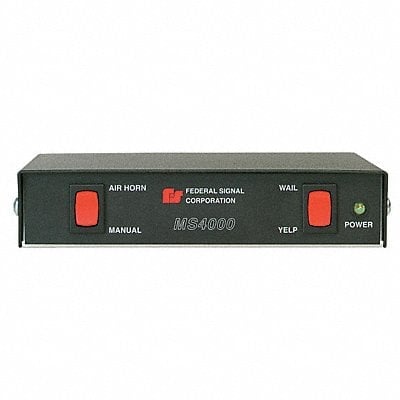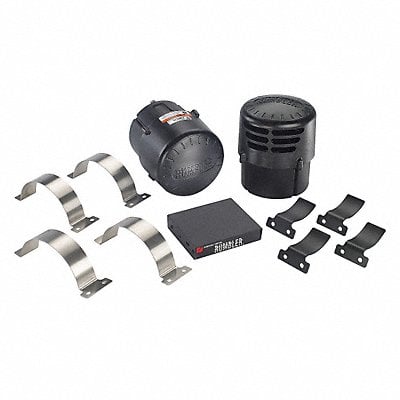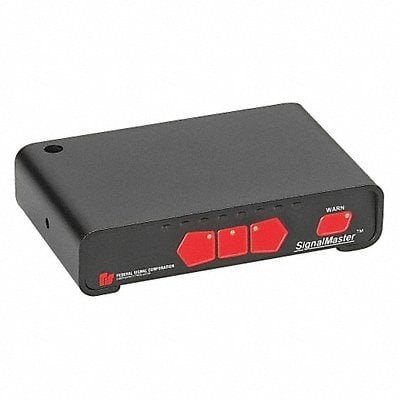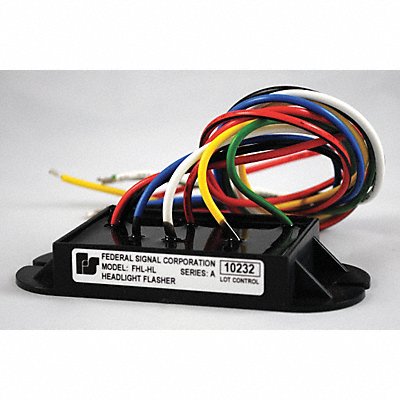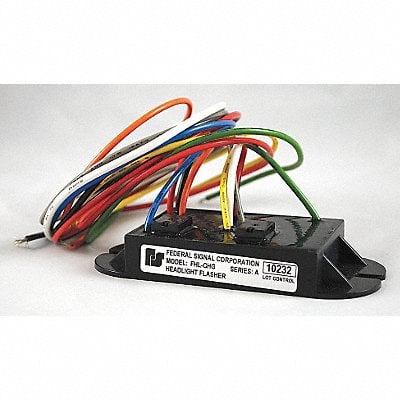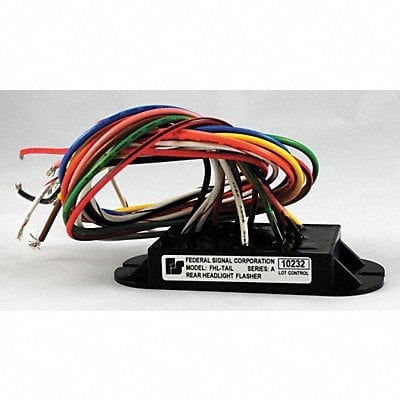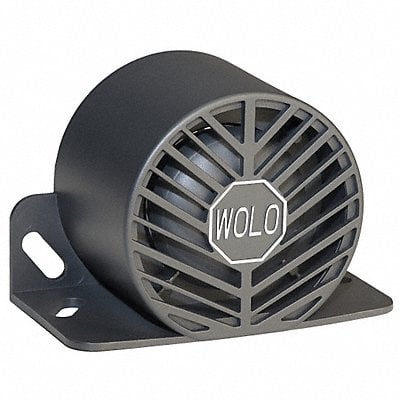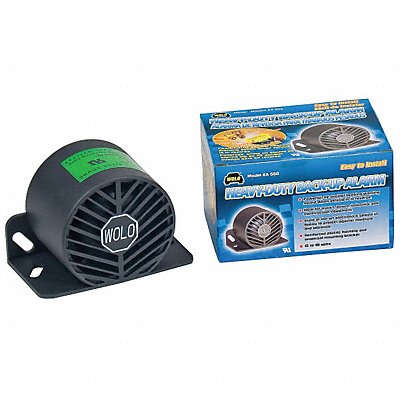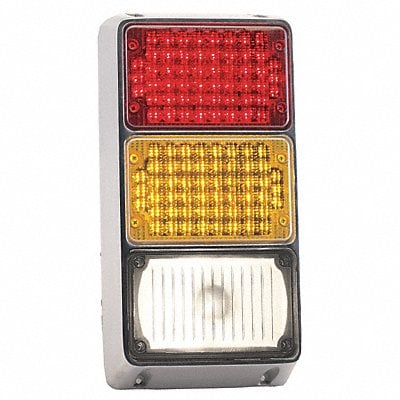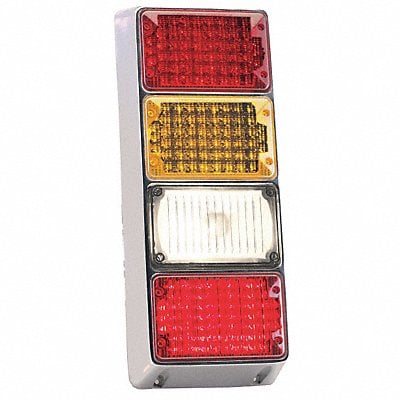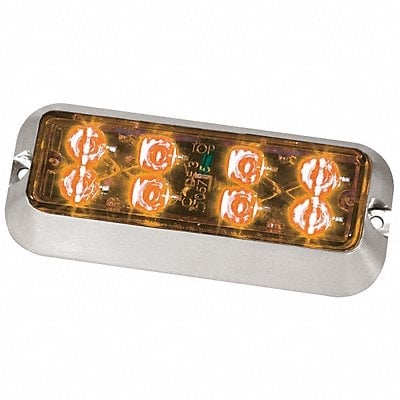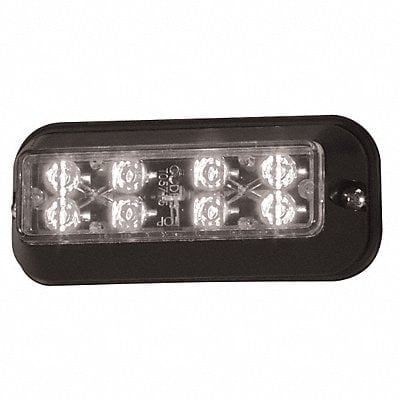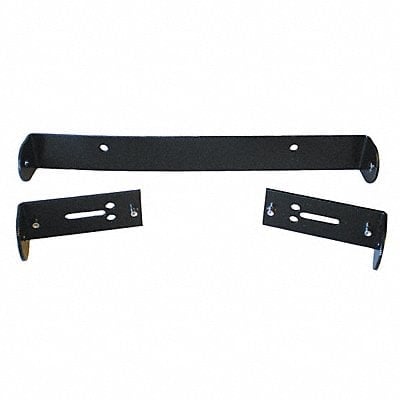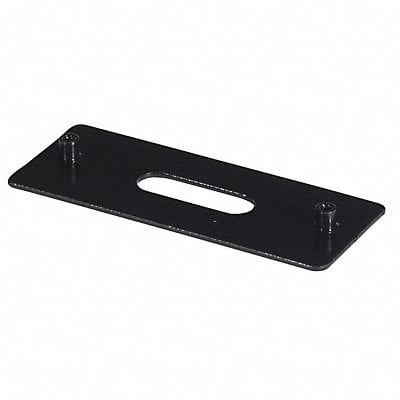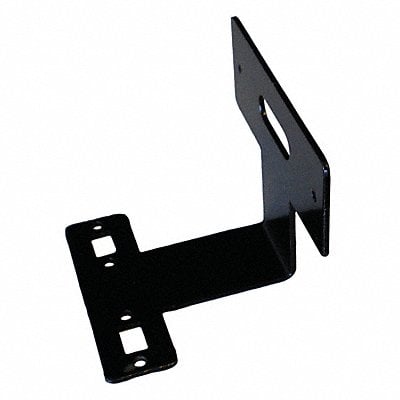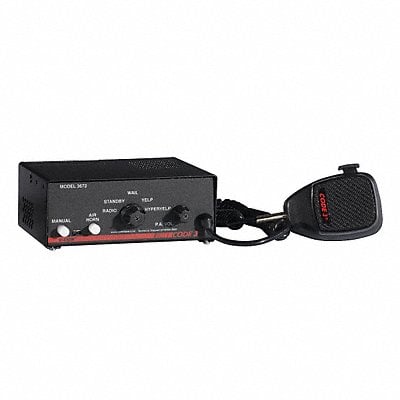On the Road Preparedness: Tire Changing Tips for Every Driver
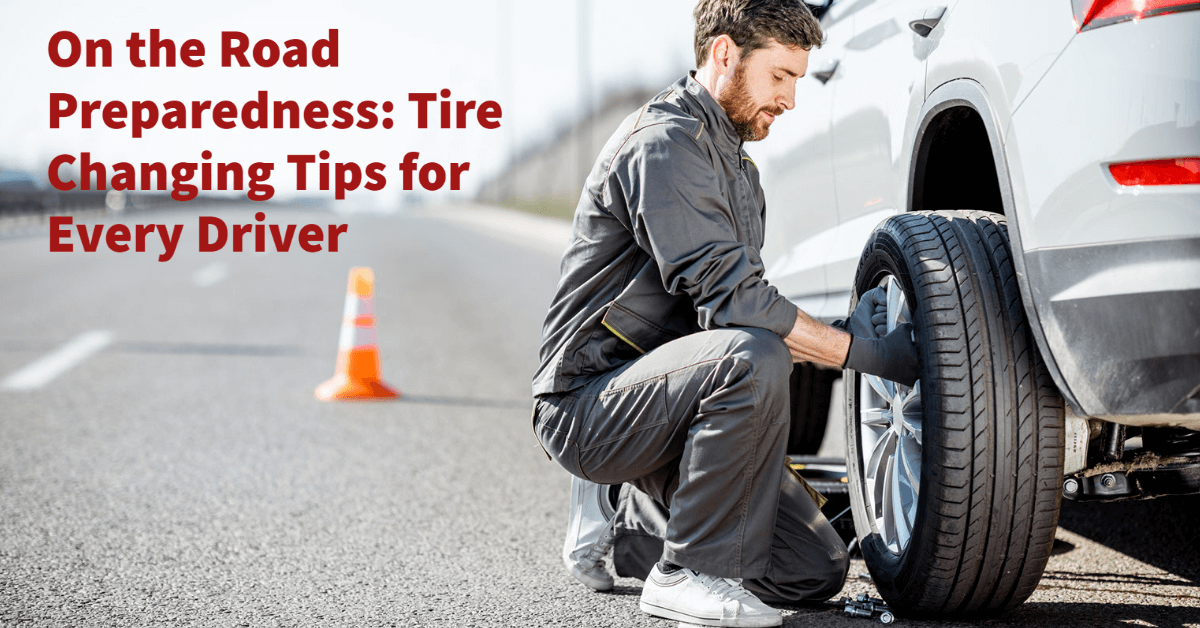
Introduction: The Importance of Knowing How to Change a Tire
Driving is an essential part of our daily lives, and while we all hope for smooth journeys, unforeseen events can occur. One such event is the dreaded flat tire, which can strike at the most inconvenient times and places. However, having the knowledge and skills to change a tire can save you from being stranded on the side of the road and help you get back on track quickly. In this comprehensive guide, we will explore everything you need to know about changing tires, from understanding different tire types to step-by-step instructions for a safe and effective tire change.
Types of Tires: Finding the Perfect Match for Your Drive
Before delving into tire-changing techniques, let's explore the various types of tires available in the market. Understanding the differences between all-season, winter, summer, and run-flat tires will enable you to make informed decisions about the best tires for your driving needs. We'll discuss their specific characteristics, purposes, and ideal driving conditions to ensure you have the right tires for any situation.
Tires are more than just round rubber hoops that keep your car rolling down the road; they are a critical component that directly impacts your vehicle's performance, safety, and overall driving experience. The market offers a wide array of tire types, each designed with specific characteristics to cater to various driving needs and conditions. Understanding the differences between these tire types will empower you to make informed decisions when it comes to choosing the perfect match for your drive.
1. All-Season Tires: Versatility for Everyday Driving
All-season tires, as the name suggests, are designed to provide satisfactory performance in various weather conditions throughout the year. These tires strike a balance between the grip required in summer and the traction needed in winter, making them a popular choice for drivers in moderate climates. The tread pattern of all-season tires typically features moderate grooves and siping, enhancing traction on both dry and wet roads.
Characteristics:
- Good performance in dry and wet conditions.
- Reasonable traction in light snow or slush.
Ideal Driving Conditions:
- Urban and suburban driving.
- Moderate climates without extreme winter weather.
2. Winter Tires: Tackling the Chill with Superior Grip
When temperatures drop and snow blankets the roads, winter tires come to the rescue. These tires are specially engineered to maintain flexibility in cold conditions, providing superior grip on icy and snowy surfaces. Winter tires have deeper treads with grooves and small slits called "sipes" to increase traction and effectively disperse snow and water.
Characteristics:
- Excellent traction in snow, ice, and cold temperatures.
- Shorter stopping distances in winter conditions.
Ideal Driving Conditions:
- Regions with harsh winters and frequent snowfall.
- Mountainous and rural areas with challenging road conditions.
3. Summer Tires: Unleashing High-Performance Thrills
Designed for warm weather conditions, summer tires are built to deliver outstanding performance in terms of handling, cornering, and braking. These tires have a tread pattern with fewer grooves and siping, allowing for more surface contact and improved grip on dry roads. The rubber compounds used in summer tires are optimized for warmer temperatures, ensuring better responsiveness and precision.
Characteristics:
- Enhanced performance in dry conditions.
- Superior cornering and braking capabilities.
Ideal Driving Conditions:
- Warm and dry climates with minimal rain or snow.
- Performance-oriented driving enthusiasts.
4. Run-Flat Tires: Maintaining Mobility after a Puncture
Run-flat tires are a modern innovation that allows you to keep driving for a short distance, even after a puncture, without immediate tire replacement. These tires are engineered with reinforced sidewalls, which can support the vehicle's weight in the event of air loss. While run-flat tires provide convenience in handling punctures, they are not intended for extended driving without air pressure.
Characteristics:
- Mobility after a puncture (up to a limited distance).
- Stiffer ride due to reinforced sidewalls.
Ideal Driving Conditions:
- Vehicles equipped with a tire pressure monitoring system (TPMS).
- Drivers who prefer convenience in handling tire emergencies.
Choosing the Right Tires: Factors to Consider
When selecting the perfect tires for your vehicle, several factors come into play. Consider the following aspects to ensure you make the right choice:
1. Climate and Driving Conditions: Your local climate and typical driving conditions should be the primary factor influencing your tire choice. If you live in an area with harsh winters and frequent snowfall, opting for winter tires is a safety imperative. On the other hand, if you reside in a region with a mild climate, all-season tires might be the most practical choice.
2. Performance and Handling Needs: If you prioritize high-performance driving and love to take tight corners with gusto, summer tires offer the best handling capabilities. Conversely, if you prefer a smooth and comfortable ride for daily commutes, all-season tires strike a better balance between performance and comfort.
3. Budget and Longevity: Tire prices can vary significantly based on the brand, type, and size. While it's tempting to go for the most affordable option, remember that high-quality tires often last longer and provide better performance, making them a worthy investment.
4. Size and Fitment: Ensure that the tires you choose are the correct size and fitment for your vehicle. The wrong tire size can negatively affect handling, stability, and fuel efficiency.
5. Tire Ratings and Reviews: Read reviews and check tire ratings from trusted sources to gauge the experiences of other drivers with the tires you are considering. Positive reviews can provide peace of mind and confidence in your decision.
Making the Right Tire Choice for Your Journey
Tires are the foundation of safe and enjoyable driving, and choosing the right ones is crucial for a smooth journey. Understanding the distinctions between all-season, winter, summer, and run-flat tires empowers you to make informed decisions that align with your driving needs and local conditions. When it's time to replace your tires, consider the climate, driving conditions, performance requirements, budget, and tire ratings to ensure you find the perfect match for your drive. Investing in high-quality tires tailored to your needs will enhance your driving experience, improve safety, and provide peace of mind on every road you traverse.
Tire Maintenance Tips: Prolonging Tire Life and Performance
Preventing flat tires starts with proper tire maintenance. Regularly checking tire pressure, inspecting for wear and tear, and rotating tires for even wear are essential steps to ensure your tires are in good condition. We'll provide you with practical tire maintenance tips to extend tire life, improve fuel efficiency, and enhance overall driving safety.
Tires are the literal contact points between your vehicle and the road, making them one of the most critical components for safe and efficient driving. Proper tire maintenance not only prolongs tire life but also ensures optimal performance, fuel efficiency, and overall driving safety. By following these practical tire maintenance tips, you can keep your tires in excellent condition and enjoy worry-free journeys on the road.
1. Regular Tire Pressure Checks:
Keeping your tires properly inflated is crucial for both tire longevity and safety. Underinflated tires can lead to increased wear on the tire edges, decreased fuel efficiency, and reduced handling capabilities. On the other hand, overinflated tires may wear out prematurely in the center and provide a harsher ride.
To ensure your tires are at the correct pressure, use a tire pressure gauge to measure the air pressure in each tire. Find the recommended tire pressure for your vehicle in the owner's manual or on a placard located on the driver's side door jamb or inside the fuel door. Remember to check the tire pressure when the tires are cold, as the pressure increases with heat generated during driving.
2. Inspect for Wear and Tear:
Regular visual inspections of your tires can help you spot signs of wear and tear, allowing you to address potential issues before they become more significant problems. Look for uneven wear, bulges, cracks, or any foreign objects stuck in the tire grooves.
The simplest method to check tread depth is the "penny test." Insert a penny into the tire's grooves with Lincoln's head facing down. If the top of Lincoln's head is visible, it indicates that the tread depth is dangerously low, and it's time to replace the tire.
3. Rotate Tires for Even Wear:
Tire rotation is a vital maintenance practice that ensures even wear on all four tires. Front and rear tires experience different stresses due to varying weight distribution and the nature of steering and traction. Regularly rotating your tires, typically every 6,000 to 8,000 miles, can promote even tread wear and extend tire life.
Consult your vehicle's owner's manual for the recommended tire rotation pattern, as it may vary depending on the type of vehicle and tire positioning.
4. Wheel Alignment and Balancing:
Proper wheel alignment and balancing are essential for preserving tire health and maximizing performance. Misaligned wheels can lead to uneven tire wear, while unbalanced wheels can cause vibrations, reducing driving comfort and potentially damaging the tires.
Schedule regular wheel alignments and balancing as per your vehicle manufacturer's recommendations or if you notice any unusual tire wear patterns or steering issues.
5. Avoid Overloading:
Respect your vehicle's load-carrying capacity, as exceeding the recommended weight limit can put excessive stress on your tires. Overloaded tires are prone to overheating and premature failure.
Check your vehicle's manual or a placard on the driver's side door jamb for the recommended maximum load capacity. When packing your vehicle for a trip, distribute the weight evenly to avoid putting excessive pressure on specific tires.
6. Driving Habits Matter:
Driving habits also influence tire life and performance. Avoid sudden acceleration, hard braking, and aggressive cornering, as these actions can lead to increased tire wear.
Drive at a moderate and steady pace to reduce stress on your tires and enhance fuel efficiency. Moreover, slowing down when encountering potholes or rough roads helps prevent tire damage and sidewall punctures.
7. Seasonal Tire Swaps:
If you live in an area with distinct seasons, consider investing in separate sets of winter and summer tires. Winter tires are specially designed to provide better traction and grip in cold and snowy conditions, while summer tires optimize performance in warm weather.
Seasonal tire swaps ensure that your tires are appropriately suited for the prevailing road conditions, promoting safety and extending the life of both sets of tires.
Conclusion: Your Path to Tire Excellence
By incorporating these tire maintenance tips into your routine, you take significant steps toward prolonging tire life, enhancing performance, and ensuring a safe driving experience. Regularly checking tire pressure, inspecting for wear, rotating tires, and maintaining proper alignment and balance are simple yet effective practices that pay off with longer-lasting and more efficient tires.
Properly maintained tires not only save you money on replacements but also contribute to improved fuel efficiency, reduced carbon footprint, and enhanced driving safety. Remember, your tires are your vehicle's direct connection to the road, so taking care of them means taking care of your entire driving experience. Embrace these tire maintenance tips, and enjoy smooth and worry-free journeys on every road you travel.
Emergency Roadside Kit: Be Prepared for Any Tire-Related Crisis
An emergency roadside kit is like a superhero's utility belt, providing you with the necessary tools and products to tackle tire emergencies. We'll suggest a comprehensive list of items to include in your kit, such as tire-changing tools, a flashlight, tire sealant, a tire pressure gauge, gloves, and other essentials. With this kit by your side, you'll be ready to face unexpected tire mishaps with confidence.
Emergency Roadside Kit: Be Prepared for Any Tire-Related Crisis
Picture this: you're cruising down the highway, enjoying a smooth ride, when suddenly, you hear that dreaded sound – a loud pop. Your heart sinks as you realize you have a flat tire. While this scenario can be anxiety-inducing, having an emergency roadside kit by your side is like having a superhero's utility belt, equipped with everything you need to handle tire emergencies with ease and confidence. Let's delve into the essential items to include in your kit, ensuring you're always prepared for any tire-related crisis that comes your way.
1. Tire-Changing Tools:
A fundamental component of your emergency kit is a set of tire-changing tools. This typically includes a lug wrench or wheel wrench to loosen and tighten lug nuts, as well as a sturdy car jack to lift the vehicle off the ground. Ensure that the lug nut wrench fits the size of your vehicle's lug nuts for a proper fit.
2. Flashlight:
Flat tires have a way of happening at the most inconvenient times, and many emergencies occur in low-light conditions or at night. Including a reliable flashlight in your kit will prove invaluable for illuminating the area and providing visibility during tire changes.
3. Tire Sealant:
Tire sealant is a quick and temporary fix for small punctures that can occur while driving. Including a can of tire sealant in your kit allows you to temporarily repair the tire without removing it, getting you back on the road swiftly. However, remember that this is just a temporary solution, and you should visit a professional tire shop for a proper repair or replacement.
4. Tire Pressure Gauge:
A tire pressure gauge is a vital tool for maintaining optimal tire pressure. Monitoring your tire pressure regularly and keeping it at the recommended levels is essential for extending tire life, improving fuel efficiency, and ensuring safe handling.
5. Gloves and Safety Equipment:
Changing a tire can be a dirty job, so don't forget to pack a pair of sturdy gloves to protect your hands from dirt and grime. Additionally, including safety equipment like reflective vests or triangles can increase your visibility to other drivers, especially when changing a tire on the side of the road.
6. Spare Tire and Wheel Chocks:
Of course, a spare tire is a must-have in your emergency kit. Ensure that it is in good condition, properly inflated, and suitable for your vehicle. Additionally, consider including a set of wheel chocks to prevent your vehicle from rolling while changing the tire.
7. Emergency Contact Information:
While not a physical item, having a list of emergency contact numbers, including roadside assistance and local towing services, is crucial in case you encounter a situation beyond your capabilities.
8. Rain Poncho and Basic First Aid Kit:
Weather conditions can be unpredictable, and having a rain poncho in your kit will keep you dry during tire changes in inclement weather. Moreover, a basic first aid kit is a prudent addition to your emergency supplies, providing necessary medical aid in case of minor injuries.
9. Portable Air Compressor:
A portable air compressor can be a lifesaver if your spare tire is not adequately inflated. It allows you to inflate the tire to the correct pressure and continue your journey without delay.
10. Instructional Guide or Manual:
Including a tire-changing instructional guide or your vehicle's owner's manual can be helpful, especially if you're not entirely familiar with the tire-changing process. It serves as a quick reference and ensures you follow the correct steps to change the tire safely.
Organizing Your Emergency Roadside Kit:
Once you have gathered all the essential items, store them in a sturdy and easily accessible container. Many pre-assembled emergency roadside kits are available for purchase, but you can also customize your kit to meet your specific needs. Consider keeping it in the trunk of your vehicle or another designated spot where it won't interfere with other items but remains easily reachable when required.
Your Tire Emergency Guardian
An emergency roadside kit is more than just a collection of tools; it's your guardian angel during tire-related crises. With a comprehensive kit at your disposal, you can confidently face flat tires, small punctures, and other tire mishaps without feeling stranded or overwhelmed. Preparedness is the key to handling any unexpected situation on the road, and your well-equipped emergency roadside kit ensures you're always ready to tackle tire emergencies and resume your journey with confidence. So, invest in this essential kit today, and let it be your trusty sidekick as you traverse the roads, knowing you're prepared for whatever comes your way.
Step-by-Step Guide: Mastering the Art of Tire Change
The heart of this guide lies in the step-by-step instructions for changing a tire safely and efficiently. Starting from positioning the car and using the car jack correctly to removing the lug nuts, replacing the flat tire with the spare, and properly tightening the lug nuts, every aspect of the tire-changing process will be covered in detail. Clear and concise instructions, along with helpful visual aids, will equip you with the knowledge and confidence to tackle tire changes like a pro.
Facing a flat tire on the road can be a daunting experience, but fear not! With our comprehensive step-by-step guide, you'll master the art of changing a tire safely and efficiently. Whether you're a seasoned driver or a novice, these clear and concise instructions, accompanied by helpful visual aids, will equip you with the knowledge and confidence to tackle tire changes like a pro. Let's get started!
1. Find a Safe Location:
When you realize you have a flat tire, don't panic. Safely steer your vehicle to the side of the road or the nearest shoulder. Look for a flat and stable surface away from traffic to ensure your safety during the tire-changing process.
2. Engage the Parking Brake:
Before proceeding, engage the parking brake to prevent the vehicle from rolling while you're changing the tire.
3. Gather Your Tools and Spare Tire:
Locate your emergency roadside kit or the necessary tools for tire changing, including the lug wrench, car jack, and spare tire. Place them near the flat tire for easy access.
4. Loosen the Lug Nuts:
Using the lug wrench, turn each lug nut counterclockwise, but do not remove them completely at this stage. Loosening the lug nuts while the tire is on the ground provides better leverage.
5. Position the Car Jack:
Look for the designated jack points on your vehicle, which are usually marked on the frame near each tire. Place the car jack under the appropriate jack point, ensuring it makes secure contact with the vehicle's frame.
6. Lift the Vehicle:
Using the car jack's handle, begin pumping the jack to raise the vehicle off the ground. Raise the vehicle just enough so that the flat tire is not touching the ground.
7. Remove the Lug Nuts and the Flat Tire:
Now that the vehicle is lifted, finish removing the lug nuts from the flat tire. Place them in a safe spot, so you don't misplace them. With the lug nuts off, carefully pull the flat tire straight toward you to remove it from the wheelbase.
8. Mount the Spare Tire:
Align the spare tire's rim with the wheelbase and gently push it onto the wheel hub. Make sure the lug nut holes in the spare tire line up with the wheel studs.
9. Hand-Tighten the Lug Nuts:
Start threading the lug nuts onto the wheel studs by hand. Tighten them as much as you can with your hands, but avoid using the lug wrench at this stage.
10. Lower the Vehicle:
Using the car jack, slowly lower the vehicle back to the ground. Ensure the spare tire is firmly in contact with the ground.
11. Tighten the Lug Nuts in a Star Pattern:
With the vehicle on the ground, use the lug wrench to tighten the lug nuts in a star or criss-cross pattern. This ensures even pressure distribution and prevents the tire from being unevenly mounted.
12. Double-Check Lug Nut Tightness:
After tightening all the lug nuts, go around the wheel again and double-check their tightness. Use the lug wrench to ensure each lug nut is securely tightened.
13. Pack Up and Store the Flat Tire:
Gather your flat tire, lug wrench, car jack, and any other tools used during the process. Securely store the flat tire and tools in the trunk of your vehicle.
14. Check Tire Pressure:
After completing the tire change, use a tire pressure gauge to check the air pressure in the spare tire. Ensure it is at the recommended pressure level specified in your vehicle's manual.
15. Visit a Professional:
Remember, a spare tire is designed for temporary use only. As soon as possible, visit a tire shop to repair or replace the flat tire. Spare tires are not meant for extended driving or at high speeds.
Summary: Empowered for Tire Emergencies
Congratulations! You've successfully mastered the art of changing a tire. Armed with this step-by-step guide, you are now well-prepared to handle unexpected tire emergencies with confidence and ease. Regularly practicing this tire-changing process in a controlled environment will further boost your skills and familiarity, making tire changes on the road even smoother.
Remember, safety always comes first. If you feel uncomfortable or unsure about changing a tire on your own, don't hesitate to call for roadside assistance or seek help from a professional. Being equipped with the knowledge and know-how to change a tire empowers you to stay prepared and tackle tire-related mishaps with calm assurance, ensuring a safe and smooth journey on every road you travel.
Safety Precautions: Protecting Yourself and Your Vehicle
While changing a tire is a valuable skill, safety should always come first. We'll emphasize critical safety precautions, such as finding a safe location to change the tire, engaging the parking brake, and using wheel chocks to prevent the vehicle from rolling. Following these safety guidelines will help you avoid accidents and injuries during the tire-changing process.
As you embark on the journey of changing a tire, it is essential to remember that safety should always take precedence. While mastering the skill of tire change empowers you to handle emergencies confidently, taking the necessary safety precautions ensures that you, your passengers, and your vehicle remain protected throughout the process. Let's delve into critical safety guidelines that will help you avoid accidents and injuries while changing a tire.
1. Find a Safe Location:
When you encounter a flat tire or any tire-related issue, the first step is to find a safe location to perform the tire change. If you're on a busy highway or a road with heavy traffic, it's best to drive slowly and cautiously until you reach a less crowded area. Pull over to the side of the road or onto the shoulder, ensuring that you are as far away from moving traffic as possible. If you have access to an exit or a rest area, that's an even safer location to conduct the tire change.
2. Engage the Parking Brake:
Before attempting to change the tire, engage the parking brake to prevent your vehicle from rolling. The parking brake adds an extra layer of security, especially if you're on an incline. This step ensures that your car remains stationary while you're lifting it with the car jack.
3. Use Wheel Chocks:
Wheel chocks are wedges or blocks that you place behind the tires that are not being lifted to prevent the vehicle from rolling. Place the chocks against the tires diagonally opposite to the flat tire. For example, if you are changing the front driver-side tire, place the wheel chock behind the rear passenger-side tire. The wheel chocks add stability to the vehicle and prevent any unintended movement during the tire-changing process.
4. Stay Visible to Other Drivers:
Visibility is crucial when you're on the side of the road. Turn on your hazard lights to alert other drivers that you are experiencing an issue and are stationary. If you have reflective vests or triangles in your emergency roadside kit, consider wearing the vest or placing the triangles at a safe distance behind your vehicle. This makes you more visible to oncoming traffic and reduces the risk of accidents.
5. Position Yourself Safely:
While changing the tire, position yourself away from the flow of traffic. Stand on the opposite side of the car from the traffic, so you are not in the line of oncoming vehicles. Use your body as a buffer between your vehicle and passing traffic to shield yourself from potential danger.
6. Avoid Lifting the Vehicle Too High:
When using the car jack to lift the vehicle, raise it just enough to provide clearance for removing and replacing the tire. Lifting the vehicle too high can compromise its stability and increase the risk of the car jack slipping or tipping over.
7. Never Get Under the Vehicle:
Under no circumstances should you place any part of your body under the vehicle while changing the tire. Even if you have properly used the car jack and wheel chocks, accidents can happen. It's crucial to prioritize your safety by staying out from under the vehicle at all times.
8. Be Mindful of Moving Parts:
When changing a tire, be cautious of rotating parts such as the wheel and tire as well as any nearby traffic. Avoid placing your hands or fingers near the tire treads or between the lug nuts to prevent injuries.
9. Double-Check Your Work:
Before driving away, double-check that all lug nuts are tightened securely. Failing to do so could lead to the wheel coming loose while driving, resulting in a dangerous situation.
Summary: Safety as the Top Priority
In the world of tire-changing, safety is the crown jewel that ensures you and your vehicle emerge from the process unscathed. Prioritizing safety by finding a safe location, engaging the parking brake, and using wheel chocks guards against accidents and potential injuries during the tire change. Visibility to other drivers, proper positioning, and staying mindful of moving parts further contribute to a secure tire-changing environment.
Remember, changing a tire may be an occasional necessity, but following safety precautions should always be a constant practice. By adhering to these critical safety guidelines, you not only protect yourself and your passengers but also set an example of responsible tire-changing for others on the road. With safety as your trusted companion, you can confidently face tire emergencies, knowing that every step you take is guided by prudence and caution. So, let safety lead the way, and you'll always find yourself on the path of secure and successful tire changes.
Run-Flat Tires and Sealant Kits: Modern Solutions for Tire Emergencies
In the ever-evolving landscape of automotive technology, tire innovations have taken significant strides, providing drivers with modern solutions to tackle tire emergencies more effectively. Two such advancements are run-flat tires and tire sealant kits, each offering unique benefits and limitations that can be game-changers in specific situations, especially when faced with a punctured tire in the middle of nowhere.
Run-Flat Tires: Advancing Tire Safety and Convenience
Run-flat tires, as the name suggests, are designed to enable a vehicle to continue driving for a limited distance even after a puncture, allowing the driver to reach a safe location or a nearby service center without needing to change the tire immediately. These tires are constructed with reinforced sidewalls that provide support to the tire even when there is a loss of air pressure due to a puncture.
Benefits of Run-Flat Tires:
- Enhanced Safety: Run-flat tires reduce the risk associated with sudden tire blowouts, as they provide better stability and control when driving with low or zero air pressure.
- No Need for Immediate Tire Change: When a regular tire suffers a puncture, drivers often face the challenging task of changing the tire on the spot, especially in hazardous conditions. With run-flat tires, drivers have the option to proceed to a safer location to address the tire issue.
- Spare Tire Elimination: Run-flat tires eliminate the need for a spare tire, saving space and reducing the overall weight of the vehicle. This is especially advantageous in vehicles with limited storage capacity or electric vehicles aiming for improved efficiency.
Limitations of Run-Flat Tires:
- Limited Driving Distance: While run-flat tires allow drivers to travel a limited distance after a puncture, this distance varies depending on the tire model, speed, and vehicle load. It is crucial to check the tire manufacturer's guidelines to understand the specific limitations of your run-flat tires.
- Ride Comfort: Run-flat tires tend to offer a stiffer ride compared to conventional tires due to their reinforced sidewalls. This may result in a slightly less comfortable driving experience for some drivers.
- Repairability: In many cases, run-flat tires cannot be repaired after experiencing a puncture. Once they are damaged, they usually require replacement, which can be costlier than repairing a regular tire.
Tire Sealant Kits: A Temporary Fix for Small Punctures
Tire sealant kits are another modern solution designed to address small punctures or leaks quickly and temporarily. These kits typically consist of a sealant substance that can be injected into the tire through the valve stem. When the tire rotates, the sealant spreads and seals punctures up to a certain size, allowing the driver to continue driving until a more permanent repair can be performed.
Benefits of Tire Sealant Kits:
- Quick and Convenient: Tire sealant kits provide a fast and convenient fix for small punctures, minimizing the time spent dealing with a tire emergency.
- Temporary Solution: The sealant acts as a temporary fix, allowing drivers to continue their journey without the need for an immediate tire change or spare tire installation.
- Compact and Portable: Tire sealant kits are compact and easy to store, making them ideal for drivers with limited space or those who prefer not to carry a spare tire.
Limitations of Tire Sealant Kits:
- Limited Repair Scope: Tire sealant kits are effective only for small punctures and are not suitable for larger or more severe tire damage.
- Not Suitable for All Tires: Some tire manufacturers may not recommend using tire sealant in their tires, and certain tire types, such as run-flat tires, may not be compatible with sealant kits.
- Temporary Solution Only: While tire sealant kits can get you back on the road quickly, they are not a permanent fix. It is crucial to visit a professional tire shop to have the tire properly repaired or replaced as soon as possible.
Summary: Making Informed Choices for Tire Emergencies
As technology continues to advance, run-flat tires and tire sealant kits offer drivers modern solutions to cope with tire emergencies more efficiently. Understanding the benefits and limitations of these innovations empowers drivers to make informed choices based on their driving habits, vehicle type, and typical driving conditions.
While run-flat tires enhance safety and provide drivers with added flexibility in case of a puncture, tire sealant kits offer a temporary fix for small punctures, allowing for continued travel until a proper repair or replacement can be performed. Both solutions serve as valuable tools in the event of a tire emergency, ensuring drivers stay prepared and capable of handling unexpected situations on the road.
As you equip yourself with knowledge about these modern tire solutions, remember that regular tire maintenance, carrying a well-stocked emergency roadside kit, and knowing how to change a tire are equally essential practices for staying safe and confident on your journeys. With a well-rounded approach to tire care and preparedness, you can navigate the roads with peace of mind, knowing you have the tools and know-how to handle whatever tire-related challenges come your way.
When to Call for Help: Recognizing Limitations and Seeking Expert Assistance
Being equipped with the knowledge of how to change a tire is undoubtedly empowering, but it's equally essential to recognize that there are situations where seeking professional assistance or calling for roadside help is the wisest course of action. While you may have the skills to handle common tire emergencies confidently, some scenarios demand the expertise of experienced professionals. Let's explore when it's best to recognize your limitations and seek expert assistance, especially in complex situations or if you find yourself uncertain about the tire-changing process.
1. Multiple Tire Punctures:
Encountering multiple tire punctures can be a rare yet daunting situation. If you're faced with more than one flat tire simultaneously, it may indicate a more significant issue with your vehicle or the road conditions. In such cases, it's best to call for roadside assistance or a professional towing service to handle the situation safely and efficiently.
2. Damaged Spare Tire:
Your spare tire is your lifeline when faced with a flat tire on the road. However, if your spare tire is damaged, underinflated, or unsuitable for use, attempting to change the tire yourself could put you in a precarious position. In such instances, reach out to a roadside assistance service or a nearby tire shop for prompt support.
3. Severe Tire Damage:
Tire damage caused by extensive cuts, sidewall tears, or irreparable punctures may go beyond the scope of quick fixes. In cases where the tire is severely damaged and unsafe to drive on, do not attempt to change it yourself. Contact a professional tire technician who can assess the damage and recommend the best course of action.
4. Limited Visibility or Hazardous Conditions:
Changing a tire in adverse weather conditions, low light, or on a busy highway with heavy traffic poses significant safety risks. If visibility is limited, or if the conditions are hazardous, prioritize your safety and that of your passengers by calling for assistance from experts who are better equipped to handle the situation.
5. Lack of Experience or Tools:
If you lack experience in changing tires or do not have the necessary tools to perform the task correctly, it's best not to attempt it on your own. Incorrect tire changing can lead to accidents, damage to your vehicle, or even injuries. Rely on the expertise of professionals who can handle the task with precision and efficiency.
Summary: Empowering Decision-Making
Knowing when to call for help and recognizing your limitations is an integral part of being a responsible and empowered driver. While learning how to change a tire is valuable, there are circumstances where the expertise of professionals is essential for safe and effective resolutions. Whether it's multiple tire punctures, severe tire damage, hazardous conditions, or simply a lack of experience or tools, seeking expert assistance ensures your well-being and the well-being of others on the road.
By prioritizing safety and making informed decisions, you demonstrate prudence and responsibility as a driver. Remember, calling for professional assistance or roadside help when needed is not a sign of weakness but a demonstration of intelligence and care for yourself and those around you. As you navigate the roads, armed with the knowledge to handle tire emergencies, also keep the wisdom to seek help when necessary, ensuring your journeys remain smooth, secure, and stress-free.
Practice Session: Building Confidence through Preparedness
As the saying goes, practice makes perfect, and this adage rings especially true when it comes to changing tires. While knowing the theory is essential, practical experience is invaluable in building confidence and preparedness for real-life tire emergencies. We encourage you to take the initiative and engage in tire-changing practice sessions in a controlled environment before finding yourself in an actual roadside crisis. This exercise will not only familiarize you with the process but also instill the confidence needed to tackle any tire-related challenge that may arise on the road.
1. Find a Safe and Controlled Location:
To begin your tire-changing practice, look for a safe and controlled environment such as your driveway, an empty parking lot, or a quiet street with minimal traffic. The goal is to create a stress-free space where you can focus solely on mastering the tire-changing steps without any distractions or dangers.
2. Gather the Necessary Tools:
Assemble the tire-changing tools and your spare tire just as you would in a real-life situation. Having all the required equipment at hand will allow you to familiarize yourself with the tools and their proper usage.
3. Follow Step-by-Step Instructions:
Refer to the step-by-step guide you've learned and follow each instruction diligently. Pay attention to the nuances of each step, such as the positioning of the car jack, the correct way to loosen lug nuts, and the tightening pattern for lug nuts.
4. Learn from Mistakes:
During your practice session, don't be discouraged by mistakes. Instead, view them as opportunities to learn and improve. Identifying and rectifying mistakes in a controlled environment will equip you with the knowledge to avoid them when faced with a real-life tire emergency.
5. Repeat the Process:
Repetition is key to mastery. Practice changing the tire multiple times until you feel comfortable and confident in your abilities. The more you practice, the smoother and more efficient the process will become.
6. Include Challenging Scenarios:
Once you've gained confidence in the basic tire-changing process, challenge yourself with different scenarios. For instance, practice changing a tire on uneven ground, in low light conditions, or during inclement weather. These exercises will prepare you to handle unexpected challenges in the future.
7. Seek Feedback and Guidance:
If possible, involve a knowledgeable friend or family member in your practice sessions. Having someone with experience provide feedback and guidance can be immensely helpful in fine-tuning your skills.
Summary: Empowered for Tire Emergencies
By dedicating time to practice tire-changing in a controlled setting, you empower yourself to face tire emergencies with ease and confidence. The practice sessions not only familiarize you with the process but also allow you to fine-tune your skills, build muscle memory, and overcome any initial apprehensions. Remember, being prepared goes beyond just knowing the theory; it involves honing your practical abilities to navigate challenging situations with composure and competence.
So, take the initiative, set aside some time for practice sessions, and equip yourself with the confidence and skill to handle any tire-related crisis that may come your way. With practice as your ally, you'll be well-prepared to conquer tire-changing challenges, ensuring your journeys remain smooth, secure, and stress-free.
Tips for Specific Vehicles: Tailoring Knowledge to Your Ride
When it comes to changing tires, it's essential to recognize that different vehicles may present unique considerations and challenges. Whether you're driving a rugged truck, a versatile SUV, or a reliable older model, having specific tips and insights for changing tires on your particular vehicle can make the process smoother and more efficient. Tailoring your knowledge to your ride ensures that you're well-prepared to tackle any tire change, regardless of your vehicle's make and model.
1. Changing Tires on Trucks:
Trucks are known for their durability and versatility, but their larger size and weight require some adjustments when changing tires. Here are some tips for changing tires on trucks:
- Choose the Right Car Jack: Trucks are higher off the ground than standard passenger cars, so make sure to use a car jack that can lift your truck's weight. Consider investing in a heavy-duty floor jack to handle the task more easily and safely.
- Use Wheel Blocks: Due to their size and weight, trucks have a higher risk of rolling when being lifted. Always use wheel blocks or chocks to prevent the vehicle from moving while changing the tire.
- Check Lug Nut Torque: Trucks may have larger and heavier lug nuts. Ensure you have the correct size lug wrench to loosen and tighten the lug nuts effectively.
2. Changing Tires on SUVs:
SUVs combine the comfort of passenger cars with the ruggedness of off-road vehicles. When changing tires on SUVs, consider the following:
- Verify Spare Tire Accessibility: Some SUVs have their spare tire mounted on the rear tailgate, under the vehicle, or inside the trunk. Familiarize yourself with the spare tire's location and removal process to save time during an emergency.
- Mind the Size and Weight: Like trucks, SUVs can be heavier than regular cars. Make sure your car jack and other tools can handle the weight of your SUV.
- Check Tire Pressure Monitoring System (TPMS): Many modern SUVs come equipped with TPMS to monitor tire pressure. If your SUV has this feature, ensure it is properly calibrated after changing a tire to maintain accurate pressure readings.
3. Changing Tires on Older Models:
Older vehicles may have different design features that require some adjustments during a tire change. Here are some tips for changing tires on older models:
- Exposed Lug Nuts: Some older vehicles have lug nuts exposed on the outside of the wheel. Be cautious when loosening or tightening these lug nuts to avoid damaging the wheel finish.
- Manual Spare Tire Release: Some older models have spare tires mounted underneath the vehicle, and lowering them requires a manual process. Familiarize yourself with this procedure beforehand.
- Inspect Spare Tire Condition: Spare tires in older vehicles may have been unused for extended periods, leading to deterioration. Regularly check the spare tire's condition, including its inflation level, to ensure it's ready for use during an emergency.
4. Consider Run-Flat Tires or Sealant Kits:
Some modern vehicles, including certain SUVs and luxury cars, come equipped with run-flat tires or tire sealant kits instead of traditional spare tires. If your vehicle has these features, it's essential to understand how they work and their limitations. Run-flat tires allow you to continue driving after a puncture, but they have distance and speed limitations. Tire sealant kits can temporarily fix small punctures without removing the tire. Familiarize yourself with the instructions and restrictions provided by the vehicle's manufacturer.
Summary: Vehicle-Specific Knowledge for Seamless Tire Changes
By tailoring your knowledge to your specific vehicle, you're better equipped to handle tire changes confidently and efficiently. Whether you're driving a truck, an SUV, or an older model, understanding the unique considerations of your vehicle will save you time and ensure a safer tire-changing process.
Always consult your vehicle's owner's manual for specific instructions and guidelines related to tire changing and the use of run-flat tires or tire sealant kits. By staying informed and prepared, you can navigate tire emergencies with ease, ensuring that your journeys remain smooth and worry-free, regardless of the vehicle you drive. With vehicle-specific knowledge at your disposal, you're ready to take on the roads with the utmost confidence and readiness for any tire-related challenge that may come your way.
Frequently Asked Questions: Answering Your Tire Change Queries
In this section, we'll address common questions and concerns related to tire changing. From handling a flat tire on a busy highway to knowing when to replace a spare tire, we'll provide expert answers to frequently asked questions to ensure you're well-informed and prepared.
Q: What should I do if I experience a flat tire while driving on a busy highway?
A: If you encounter a flat tire on a busy highway, safety should be your top priority. Gradually slow down and try to maneuver your vehicle to the side of the road or the nearest safe shoulder. Turn on your hazard lights to alert other drivers, and if possible, position your car so that the flat tire is away from oncoming traffic. Follow the step-by-step tire-changing guide provided earlier in this blog to replace the flat tire with the spare. If you feel uncomfortable or unsafe changing the tire on a busy highway, call for roadside assistance immediately.
Q: How often should I check the air pressure in my tires?
A: Regularly checking your tire pressure is essential for maintaining optimal tire performance and safety. It's recommended to check the tire pressure at least once a month and before long trips. As temperature fluctuations can affect tire pressure, it's also a good idea to check it before and after significant changes in weather.
Q: Can I use my vehicle's standard car jack to change a flat tire?
A: While most vehicles come equipped with a standard car jack, it's important to confirm that the jack is suitable for your specific vehicle's weight and height requirements. Some larger vehicles, like SUVs and trucks, may require a taller or sturdier car jack to lift them safely. Always consult your vehicle's owner's manual for the recommended car jack and proper usage instructions.
Q: Can I drive on a spare tire for an extended period?
A: Spare tires, also known as "temporary" or "donut" tires, are designed to be used for a limited distance and at lower speeds. They are not intended for long-term use. Once you have installed the spare tire, it's crucial to drive cautiously and avoid high speeds. As soon as possible, visit a tire shop to repair the original tire or replace it with a new one.
Q: What should I do if I don't have a spare tire in my vehicle?
A: If your vehicle doesn't come with a spare tire, it might be equipped with run-flat tires or a tire sealant and inflator kit. Run-flat tires allow you to drive for a short distance at reduced speeds even after a puncture, while a tire sealant kit can temporarily repair small punctures without removing the tire. Familiarize yourself with the operation of these alternatives by consulting your vehicle's owner's manual.
Q: How long does it take to change a flat tire?
A: The time it takes to change a flat tire can vary depending on factors like your experience, tire type, and the tools available. In general, experienced individuals can complete the task in 15 to 30 minutes. However, if you're new to tire changing or encounter difficulties, it might take longer. Always prioritize safety and accuracy over speed.
Q: Can I repair a punctured tire myself using a tire repair kit?
A: Tire repair kits with plugs or patches are available for temporary repair of small punctures. While using a tire repair kit might be a quick fix, it's essential to understand that it is only a temporary solution. A proper tire repair should be performed by a professional at a tire shop, as they can ensure the integrity of the tire is fully restored.
Q: Is it possible to over-tighten lug nuts when installing a tire?
A: Yes, over-tightening lug nuts can be a problem. It's crucial to follow the recommended torque specifications provided by the vehicle manufacturer to avoid damaging the wheel or causing the nuts to seize. Using a torque wrench is the best way to achieve the correct tightness and ensure the wheel is properly secured.
Q: Should I replace all four tires at the same time, or can I replace just one or two?
A: Ideally, all four tires should be replaced at the same time to maintain consistent handling and traction. However, if you need to replace only one or two tires due to damage or wear, try to match the new tires with the remaining ones in terms of brand, model, size, and tread pattern. Avoid mixing different tire types or sizes, as it can affect your vehicle's stability and performance.
Q: How do I know when it's time to replace my spare tire?
A: Spare tires are not immune to aging and wear. Check the spare tire's condition regularly, including the tread depth and sidewall condition. If the spare tire is more than ten years old or shows signs of damage or dry rot, it's time to replace it with a new one. Remember, a reliable spare tire is as crucial as the tires on the road, so keep it in top-notch condition.
Remember, learning how to change a tire and addressing tire-related concerns empowers you to tackle unexpected situations on the road confidently. Practice your tire-changing skills, keep your tires well-maintained, and stay prepared with an emergency roadside kit to ensure smooth and safe travels wherever the road takes you. Safe driving!
Q: Is changing a tire different for different types of vehicles? What about newer vs. old vehicles?
A: Yes, changing a tire can vary depending on the type of vehicle and whether it's newer or older. Here's a general overview of the main differences you might encounter:
-
Type of Vehicle:
- Passenger Cars: Changing a tire on a regular passenger car is usually straightforward. The process involves using a car jack to lift the vehicle, removing the lug nuts, replacing the flat tire with the spare, and then tightening the lug nuts back on.
- SUVs and Trucks: SUVs and trucks are generally higher off the ground, so you might need a taller or more robust car jack to lift them. Additionally, some SUVs and trucks have larger and heavier tires, which might require more effort to handle during the replacement.
- Vans and RVs: Vans and RVs can be more challenging to change tires on due to their size and weight. It might require specialized equipment or assistance to handle the task safely.
-
Newer vs. Older Vehicles:
- Older Vehicles: Older vehicles may have certain design aspects that make tire changes slightly different. For example, they might have exposed lug nuts or require manual adjustments to lower the spare tire from underneath the vehicle.
- Newer Vehicles: Newer vehicles often come equipped with more advanced features and technology. Some newer models might have a tire pressure monitoring system (TPMS) that requires additional steps to reset or calibrate after changing the tire. The TPMS alerts the driver about tire pressure, and its proper functioning needs to be maintained during a tire change.
-
Run-Flat Tires and Sealant Kits:
- Some newer vehicles come with run-flat tires, which are designed to be driven short distances at reduced speeds even after a puncture. In such cases, the tire change process might be different, and some vehicles might not even have a spare tire.
- In recent years, some vehicles also come equipped with sealant kits, which can be used to temporarily repair small punctures without removing the tire. These kits can be an alternative to traditional spare tires.
To ensure a safe and successful tire change, always consult your vehicle's owner's manual for specific instructions related to your particular make and model. Additionally, be prepared for emergencies by having the necessary tools, a spare tire (if applicable), and knowing how to use them properly. If you're unsure or uncomfortable with changing a tire, it's best to call for roadside assistance or seek help from a professional mechanic.
Q: What type of products are needed to change a tire?
A: To change a tire, you'll need a few essential tools and products. Here's a list of the typical items required for a basic tire change:
-
Spare Tire: Make sure your vehicle is equipped with a spare tire, unless it's a run-flat tire or equipped with a sealant kit.
-
Car Jack: A car jack is essential for lifting the vehicle off the ground to remove the flat tire and install the spare. Most vehicles come with a car jack and tools specific to your car's make and model.
-
Lug Wrench or Wheel Wrench: This is a tool used to loosen and tighten the lug nuts on the wheel. It should match the size of the lug nuts on your vehicle.
-
Wheel Chocks: Wheel chocks are wedges placed behind the wheels not being lifted to prevent the vehicle from rolling while you change the tire.
-
Gloves: Wearing gloves can protect your hands from dirt, grime, and sharp objects that may be present around the wheel and tire area.
-
Flashlight: A flashlight can be helpful, especially if you're changing a tire in low-light conditions or at night.
Optional items that can be beneficial for certain situations:
-
Tire Pressure Gauge: This tool allows you to check the air pressure in your tires and ensure they are properly inflated, including the spare tire.
-
Tire Sealant and Inflator Kit: If your vehicle comes with a tire sealant kit, it can be used to temporarily repair small punctures without removing the tire.
-
Portable Air Compressor: If you have a spare tire, but it's not fully inflated, a portable air compressor can help fill it to the correct pressure.
-
Wheel Lock Key: If your vehicle has wheel locks (specially designed lug nuts to prevent theft), you'll need the corresponding wheel lock key to remove them.
Remember, always consult your vehicle's owner's manual for specific instructions regarding the proper use of tools and products for your particular make and model. Also, practice safety measures while changing a tire, such as finding a flat and stable surface, engaging the parking brake, and keeping yourself and others away from oncoming traffic. If you're unsure about the process or lack experience, it's best to seek help from a professional or call for roadside assistance.
Purchasing Relevant Products from GoVets: Why Choose GoVets for Your Tire Needs
When it comes to buying the essential products needed for tire maintenance and emergencies, GoVets is the one-stop destination that offers a wide range of high-quality items to ensure your vehicle's safety and performance. With a commitment to serving the needs of both individual customers and businesses, GoVets stands out as a reliable and trusted platform for purchasing tire-related products. Here's why you should choose GoVets for all your tire needs:
1. Extensive Product Selection:
GoVets provides a vast selection of products required for tire maintenance and emergencies. From tire sealant kits and tire pressure gauges to car jacks and wheel chocks, you'll find everything you need to keep your tires in optimal condition and be prepared for unexpected road situations.
2. Quality and Reliability:
At GoVets, quality is of utmost importance. The platform partners with reputable brands and manufacturers known for producing durable and reliable tire products. Each product on GoVets is carefully vetted to meet strict quality standards, ensuring that customers receive top-notch items that will serve them well when they need it most.
3. Competitive Prices:
GoVets is committed to offering competitive prices on all its products. Whether you're a budget-conscious individual or a business looking to equip your fleet with essential tire tools, GoVets provides cost-effective options without compromising on quality.
4. Veterans and Disability Focus:
By choosing GoVets, customers are supporting a platform that prioritizes veterans and service-disabled veteran-owned small businesses (SDVOSBs). GoVets actively collaborates with these businesses, helping them thrive in the marketplace while contributing to the well-being of those who have served our nation.
5. Easy Online Shopping Experience:
GoVets offers a user-friendly online shopping experience, making it simple for customers to browse, compare, and select the products they need. The website's intuitive interface ensures a smooth purchasing process, saving you time and effort.
6. Customer Support and Satisfaction:
GoVets is dedicated to providing exceptional customer support and satisfaction. If you have any questions or need assistance, their knowledgeable and responsive team is ready to help. Additionally, GoVets prioritizes customer satisfaction, making every effort to ensure that you are delighted with your purchases.
7. Contribution to Social Causes:
By shopping at GoVets, customers contribute to a platform that supports social causes and helps foster opportunities for veterans and individuals with disabilities. Choosing GoVets not only fulfills your tire product needs but also plays a part in making a positive impact on the lives of others.
Trust GoVets for Your Tire Product Needs
With GoVets, customers gain access to a comprehensive selection of high-quality tire-related products at competitive prices. By choosing GoVets, you support veterans and service-disabled veteran-owned small businesses, promoting social causes and fostering opportunities for those who have served our country. Whether you're an individual looking to maintain your vehicle's tires or a business seeking to equip your fleet, GoVets is the trusted platform to meet all your tire needs. Shop at GoVets and experience the convenience, reliability, and social impact that come with choosing a platform committed to excellence and service.
Conclusion: Tire Changing - A Vital Skill for Every Driver
As we come to the end of our journey through the world of tire changing, we'll summarize the key points and reiterate the importance of acquiring this valuable skill. Being prepared for unexpected situations on the road is crucial for every driver, and the ability to change a tire confidently is a significant step towards that preparedness. So, remember to equip yourself with the right knowledge, tools, and an emergency roadside kit, and you'll be ready to conquer any tire challenge that comes your way. Safe driving!
Product Recommendations from GoVets:
Fleet and Vehicle Maintenance:
Here is a sample list of product recommendations from our Fleet Maintenance category. Shop, Save, Support Veterans.
Shop All Fleet and Vehicle Maintenance Products Now


